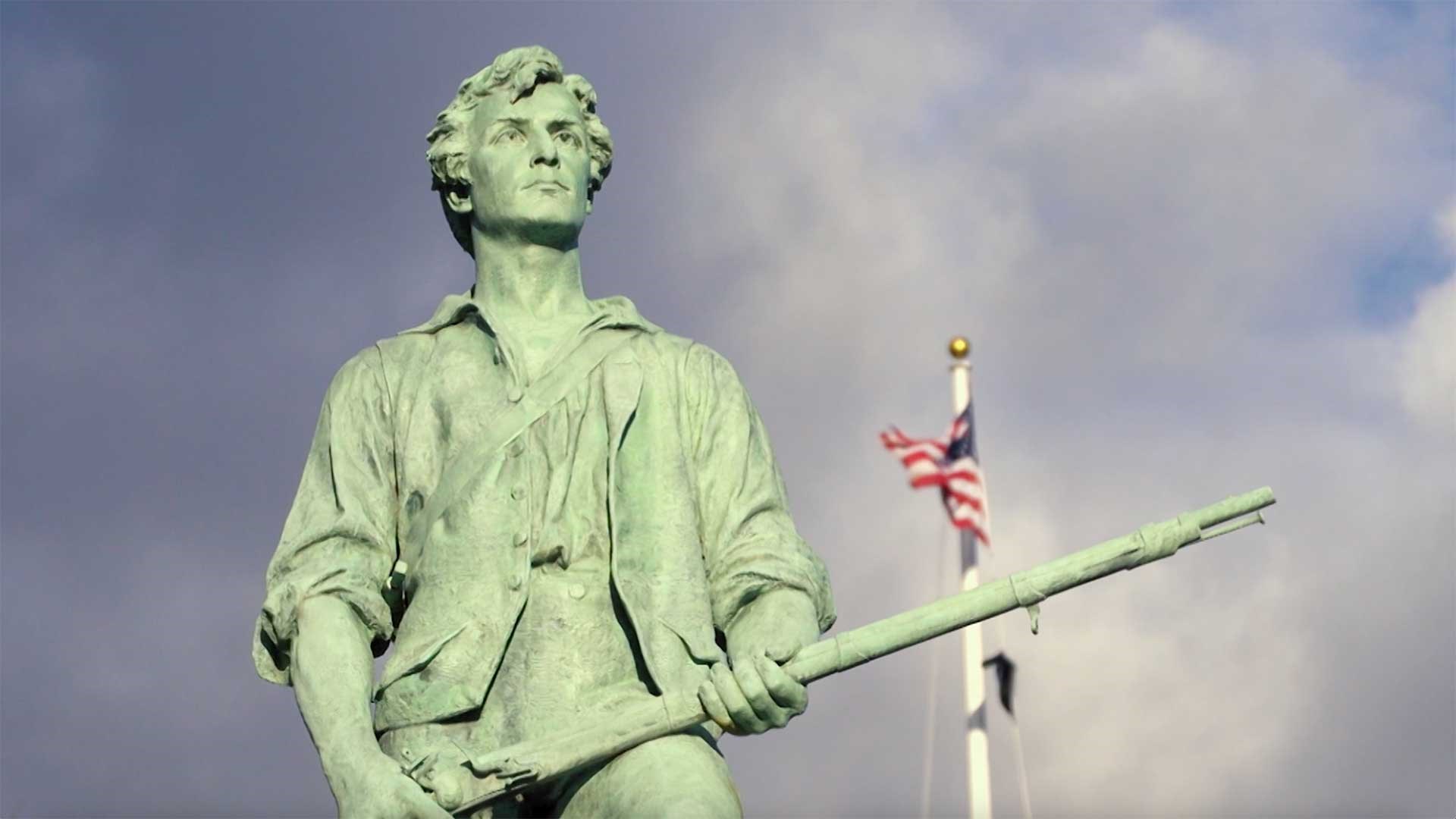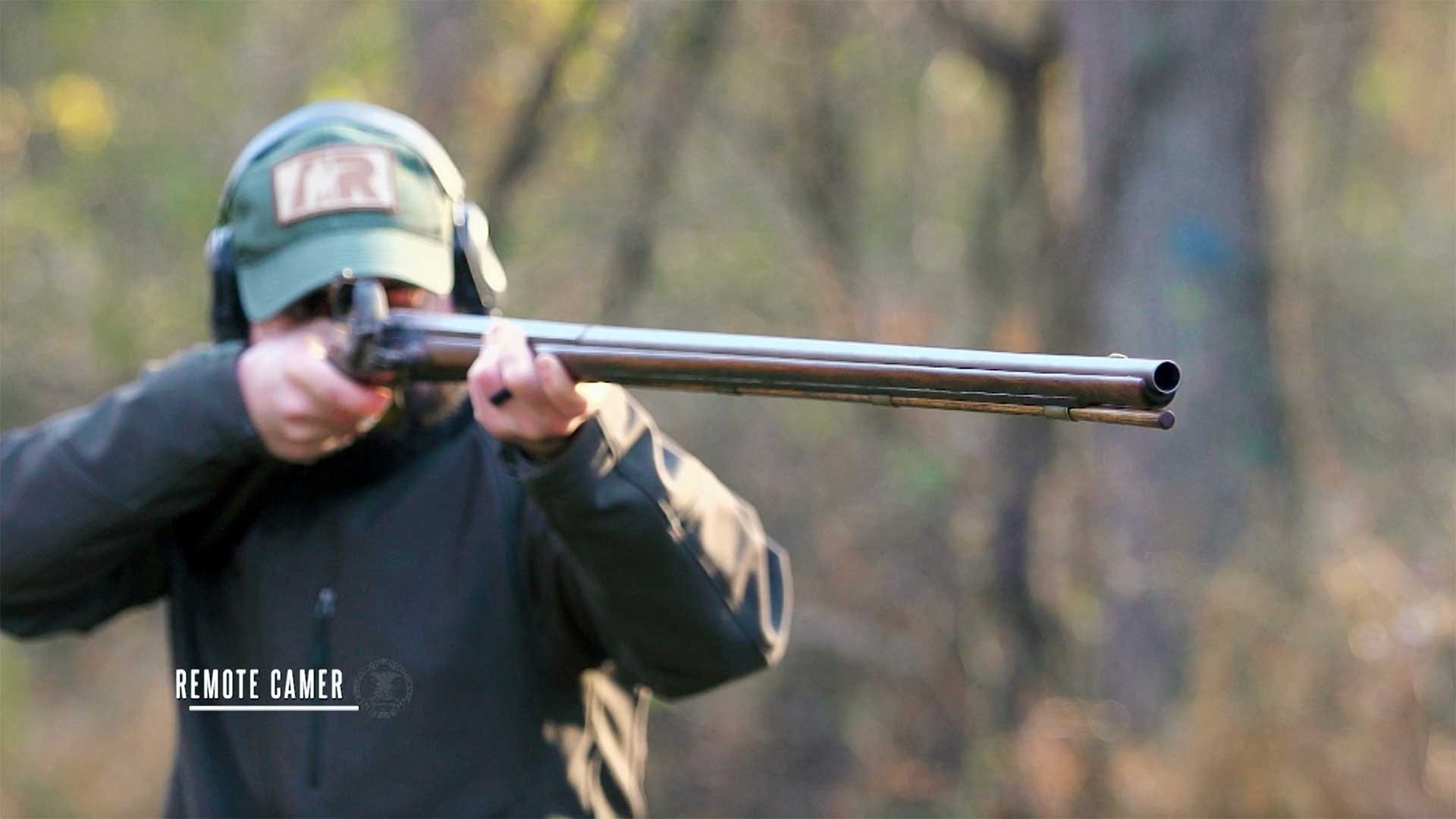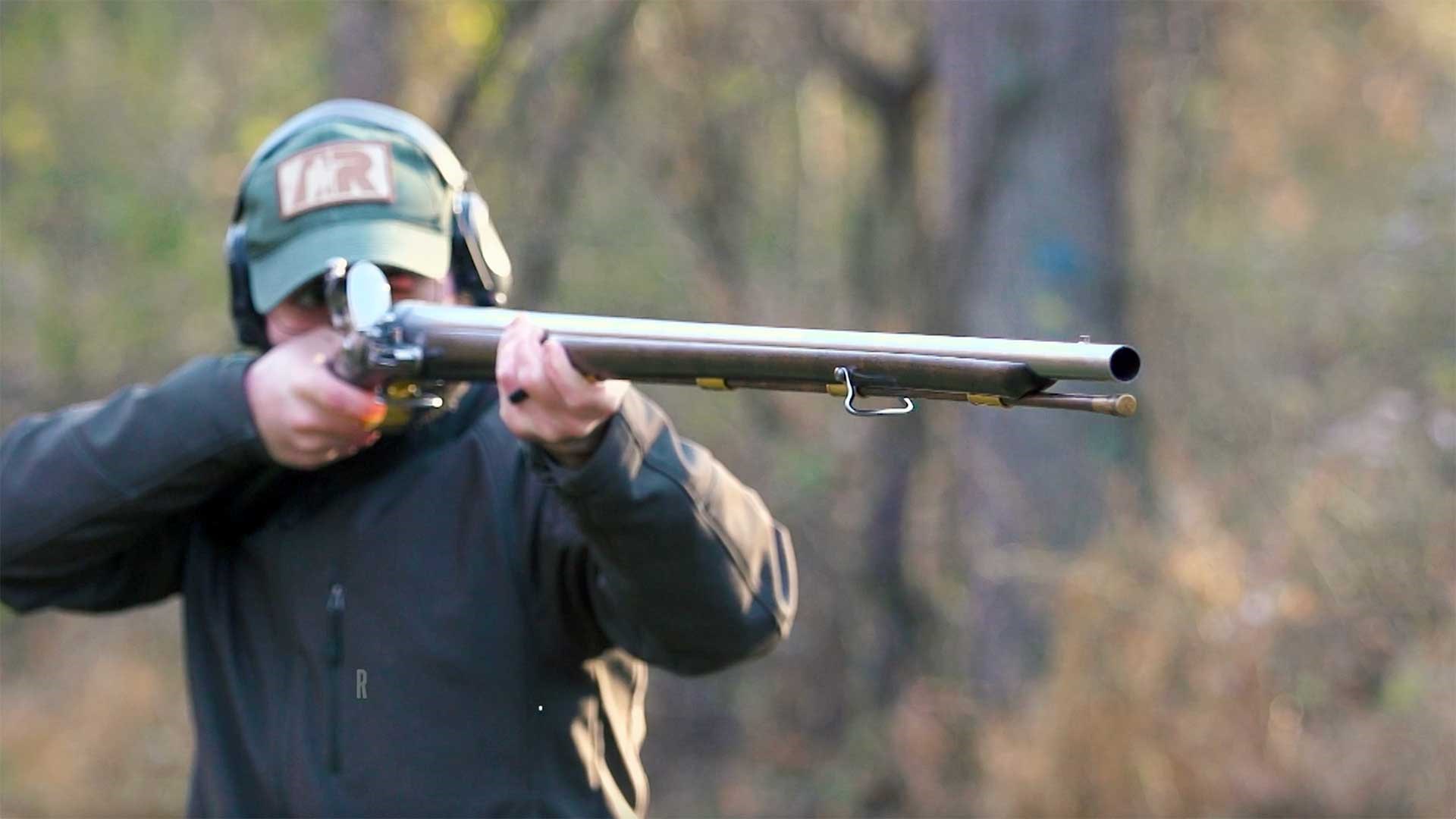Even though there were dozens of critical events leading up to the shooting war that began on April 19, 1775, in the Massachusetts towns of Lexington and Concord, the actions of that day mark a key moment when the simmering tensions between Great Britain and her American colonies broke into open warfare. Despite the magnitude of the moment, many Americans still don’t understand what exactly happened on that day and why. Watch our “American Rifleman Television” feature segment above to hear about the events of April 19, 1775.
“One of the interesting takeaways I have as someone who enjoys studying battles is the fact that Lexington and Concord could have very easily ended up very different than the way we read about it today,” NRA Museums Director Philip Schreier said. “Normally, during that period of time and all the way up through our own Civil War, you have an engagement, a clash of arms, and then you have disengagement. Somebody wins, somebody loses, somebody’s left in control of the battlefield. Here you kind of have a British steamroller.”
The overwhelming might of the British military entered the town of Lexington in the dawn hours of April 19, 1775, but Lexington wasn’t their final destination. Under orders from Gen. Thomas Gage, the military governor of Boston, the men were passing through the town of Lexington on their way to Concord, Mass.
“So the town of Concord had been a storehouse at different periods through King Philip’s War. And after the provincial congress forms, they start to assemble ‘war-like stores’ they call them. Not just guns, but provisions, bowls, spoons, cloth, medicines, medical kits, hatchets, shovels, 15,000 canteens. They’re trying to build up stores for an army,” arms historian Joel Bohy said. “So General Gage decides, with some pressure from England, that he’s gonna send an expedition to Concord and destroy all these stores.”
The night before, these British infantrymen had gathered in Boston and, in the early morning hours, were ferried across the bay to the mainland. But not all of the British regulars were sent at once.

“This is the biggest expedition that’s been formed yet. It’s 700 men, and there’s going to be a little bit of a surprise factor that Gage tries to implement. He says, ‘Well, I’m gonna send the main body of men along this road in the day, but early on, I’m gonna send the flank companies, which are the light infantry companies and the grenadier companies of these regiments, I’m gonna send them early on, in the early morning hours of April 19th, 1775,'” American Rifleman Executive Editor Evan Brune said. “And this is not a secret, Gage is horrible at keeping this under wraps.”
Tipped off by watchful friends in Boston, colonial leaders are made aware of these early-morning moves by the British army, and riders are sent out to warn the militia leaders in the Massachusetts countryside. One such rider, Paul Revere, makes his famous midnight ride after learning that the British are transferring their men to the mainland “by sea” after seeing two lanterns hung in the steeple of Boston’s Old North Church.

“So, at dawn, the British column arrives, with light infantry in the vanguard. And there’s a roughly 80 or so [militia]men, it’s not known exactly how many actually make it back to the green at that time. And the British light infantry deploy and see Captain Parker’s company there, armed, and basically tell them to disperse,” Bohy said. “So they disperse and at that time, a shot is fired. Nobody knows who fired it, whether it was one of Parker’s men or if it was a British regular. But at that point, the British erupted with a volley and charge, and there’s eight men killed and 10 wounded. It’s a really bloody affair.”
After the British advance column, led by Maj. John Pitcairn, reorganizes following the firefight at Lexington, they move onto Concord, where the main body of troops begins uncovering and burning militia supplies. To defend these men, a detachment of light infantry is sent to Concord’s North Bridge to stand guard. Meanwhile, more militiamen arrive and, seeing smoke on the horizon, believe that the town of Concord is being burned. The body of men, about 450 in all, resolve to march down to face the British.

“On April 19th, 1775, 250 years ago, [the Concord North Bridge] was being guarded by a detachment of British light infantry while the main British force in the town of Concord burned and destroyed the supplies that they were sent out of Boston to find,” Brune said. “It was here that the engagement really started when a shot was fired by that light infantry toward the body of militia men who then responded. This is really where Ralph Waldo Emerson was talking about when he wrote the fateful words, ‘the shot heard round the world.'”
To watch complete segments of past episodes of American Rifleman TV, go to americanrifleman.org/artv. For all-new episodes of ARTV, tune in Wednesday nights to Outdoor Channel 8:30 p.m. and 11:30 p.m. EST.
Read the full article here

